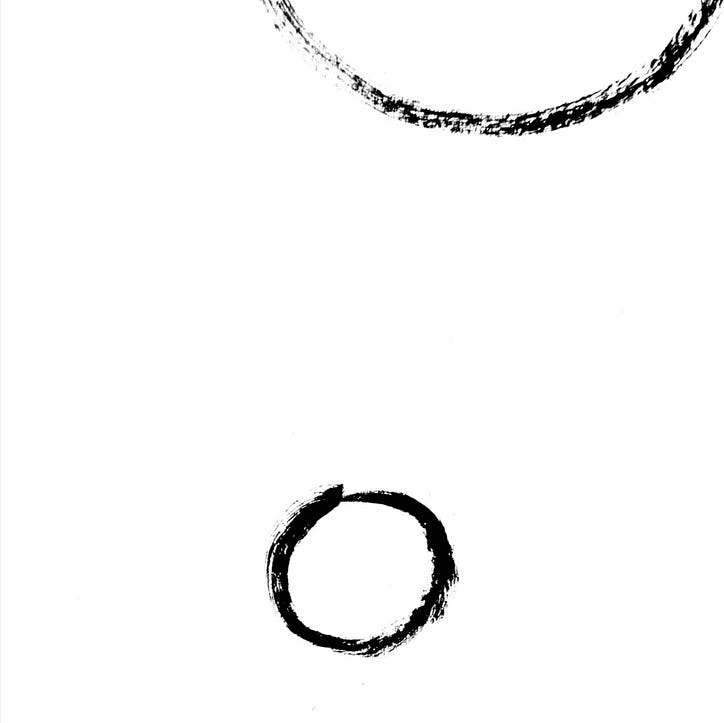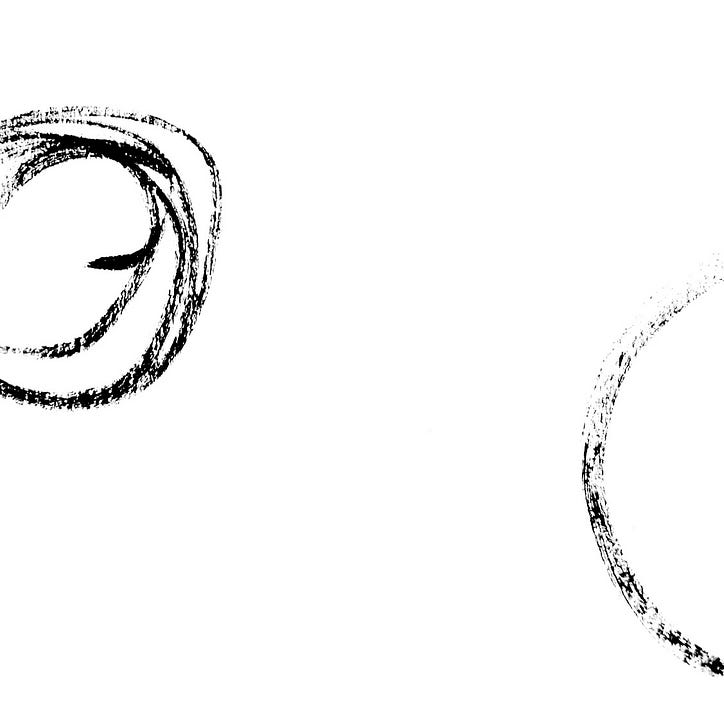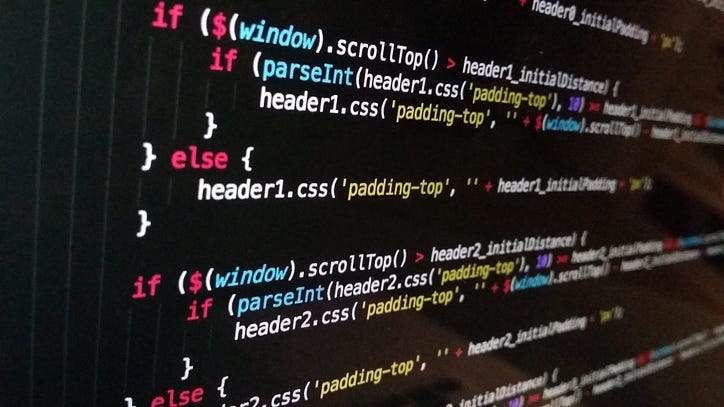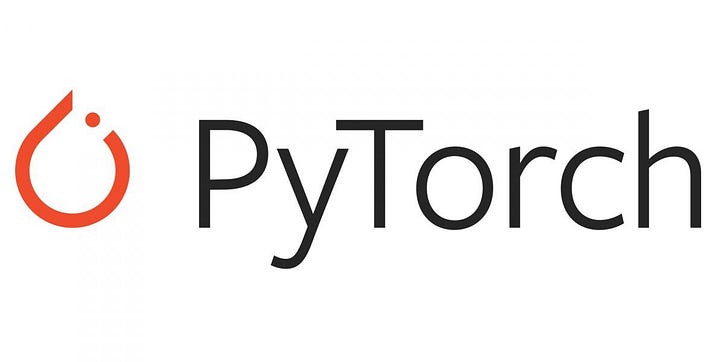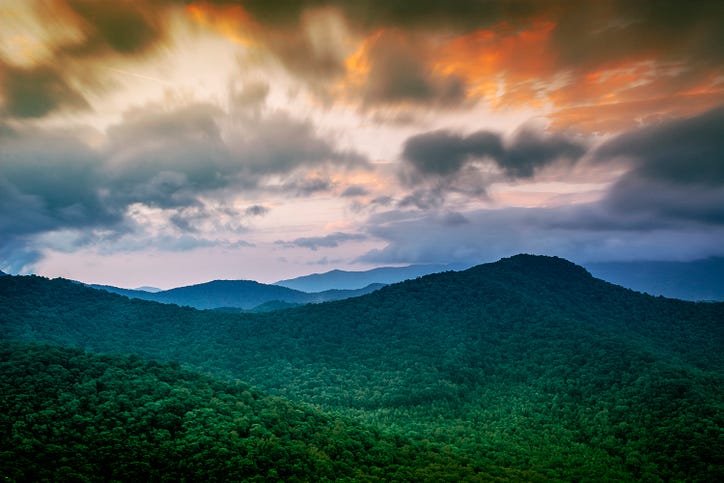सौर ऊर्जा प्रसंस्करण और इसकी अकिलीज़ एड़ी (विस्तारित संस्करण)
यह दस्तावेज़ गंभीर रूप से 2050 तक ऊर्जा उत्पादन में एक रणनीतिक प्रकृति वाले कुछ स्तंभों/ऊर्जा स्रोतों के overestimation को संबोधित करता है। नवीकरणीय (हर कीमत पर) की अराजक तैनाती के आधार पर जीवाश्म ईंधन पर आधारित एक अस्वास्थ्यकर चरम से दूसरे चरम पर जाने की रणनीति। हमारे साथ पकड़ना शुरू कर रहा है और बहुत जल्दी पकड़ लेगा। हर चीज़ के अपने नियम होते हैं — यहाँ तक कि यातायात भी; यह नवीकरणीय परिनियोजन में मौजूद नहीं है।
पहचान
एक अकिलीज़ एड़ी समग्र ताकत के बावजूद एक कमजोरी है, जो पतन का कारण बन सकती है। जबकि पौराणिक उत्पत्ति एक शारीरिक भेद्यता को संदर्भित करती है, अन्य विशेषताओं या गुणों के मुहावरेदार संदर्भ जो पतन का कारण बन सकते हैं, आम हैं। (विकिपीडिया)। प्रत्येक तकनीक के अपने फायदे और नुकसान हैं। हालांकि, मुझे लगता है कि फोटोवोल्टिक (पीवीई) पैनलों में सौर विकिरण और अर्धचालक पदार्थों के माध्यम से बिजली उत्पादन के मामले में, कमियों के बारे में बहुत कम कहा जाता है। नुकसान उन सभी के लिए प्रतिध्वनित होना चाहिए जो आज की सभ्यता के लिए बिजली के रूप में भविष्य के लिए एक रणनीतिक रूप के रूप में इस तरह के एक आवश्यक सार के इस उत्पादन को बढ़ावा देना चाहते हैं। अगर हम इन नुकसानों को दूर नहीं करते हैं, तो हम उम्मीद कर सकते हैं कि हमारे फैसले जल्द ही पकड़ में आ जाएंगे।
सौर विकिरण हर जगह है और मुक्त है। हम इससे सहमत हो सकते थे। हालांकि, यह ध्यान दिया जाना चाहिए कि हालांकि यह हर जगह है, लेकिन हमारे ग्रह के मौसम सहित विभिन्न भौगोलिक क्षेत्रों में इसकी तीव्रता काफी भिन्न होती है। इसका मतलब यह है कि इसकी भौगोलिक उपलब्धता का सौर विकिरण स्थिर नहीं है, जैसा कि इस उत्पादन को लोकप्रिय बनाने वालों के कुछ दावों से लगता है।
सौर ऊर्जा स्वच्छ है। अगर हम इसे ऊर्जा और उसकी उपलब्धता के दृष्टिकोण से ही लें, तो हाँ। हालांकि, अगर हमें इस पर विचार करना चाहिए कि इसे संसाधित करने के लिए क्या आवश्यक है, तो निश्चित रूप से नहीं। यह ईमानदारी से कहा जाना चाहिए - कोई उत्सर्जन मुक्त ऊर्जा उपचार नहीं है। हमने इस तरह की खोज नहीं की है, और कहीं भी बड़े पैमाने पर तैनाती के लिए प्रसंस्करण के इस तरह के तरीके से बहुत दूर हैं।
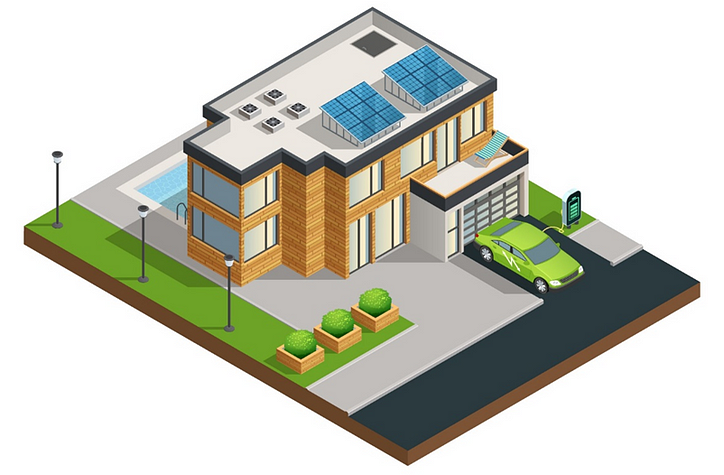
मैं फोटोवोल्टिक पावर प्लांट (पैनल, निर्माण, केबलिंग, विनियमन, इन्वर्टर, बैटरी, ...) के अलग-अलग तत्वों के लिए कितने उत्सर्जन का निर्माण करेगा, इसकी गणना नहीं करूंगा।
मैं कुछ अधिक महत्वपूर्ण पर ध्यान केंद्रित करूंगा, जिसे मैं पूरी तकनीक के अकिलीज़ हील के रूप में देखता हूं - जलवायु परिवर्तन के मामले में बिजली में रूपांतरण के लिए पर्याप्त मात्रा में सौर विकिरण की उपलब्धता।
ऐसे ऊर्जा रूपांतरण के लिए इष्टतम स्थितियां हैं:
- साफ आसमान = कोई बादल नहीं और कोई एरोसोल नहीं
o वायुमंडल में जल वाष्प ( विशेष रूप से कम बादल ) ऊर्जा रूपांतरण के लिए उपयोग किए जाने वाले सौर विकिरण की मात्रा को मौलिक रूप से कम कर देता है = बादल विकिरण स्पेक्ट्रम के शॉर्टवेव हिस्से को अवशोषित और बिखेरते हैं और लंबी-लहर वाले हिस्से को अवशोषित करते हैं और इसे नीचे और अंतरिक्ष में भेजते हैं, इस प्रकार जमीन से टकराने वाले सौर विकिरण की मात्रा को कम करता है + बादल पृथ्वी विकिरण के एक महत्वपूर्ण प्रतिशत को अवशोषित करते हैं, अपनी ऊर्जा के हिस्से को वापस नीचे की ओर विकिरण करते हैं, और अपनी ऊर्जा के हिस्से को गर्मी के रूप में बनाए रखते हैं।
o एरोसोल (छोटे से अदृश्य कण) अवशोषण और प्रकीर्णन के कारण ऊर्जा रूपांतरण के लिए उपयोग किए जाने वाले सौर विकिरण की मात्रा को काफी कम कर देते हैं , और इसके अलावा, सौर ऊर्जा की पैदावार भी। समुद्री नमक और धूल दो सबसे प्रचुर मात्रा में एरोसोल हैं।
- 25C/77F (और कम) PVe सेल ऑपरेशन तापमान (इसे हवा के तापमान के साथ भ्रमित न करें)।फोटोवोल्टिक रूपांतरण प्रक्रिया में ऑपरेटिंग तापमान एक महत्वपूर्ण भूमिका निभाता है। तापमान बढ़ने से पैनलों (ऊष्मप्रवैगिकी के नियम) में ऊर्जा रूपांतरण दक्षता कम हो जाती है। परिवेशी वायु जितनी गर्म होगी, सौर पैनल उतने ही कम कुशल होंगे = कम बिजली उत्पादन। इसे सोलर पैनल तापमान गुणांक द्वारा परिभाषित किया जाता है, जिसे 25C/77F से तापमान में प्रत्येक 1-डिग्री सेल्सियस वृद्धि के लिए उत्पादन में प्रतिशत कमी के रूप में व्यक्त किया जाता है। सामान्य सौर पैनलों का तापमान गुणांक -0.3% से -0.5% प्रति C की सीमा में होता है। उदाहरण के लिए: सौर पैनल का तापमान गुणांक -0.35% प्रति C होता है। इसका अर्थ है: 25C से ऊपर प्रत्येक 1C के लिए, ऐसा सौर पैनल कम हो जाता है दक्षता 0.35%। इसलिए, यदि पैनल 45C (ऑपरेशन तापमान) पर है और इसकी कुल दक्षता 18% है, तो उस तापमान पर उनकी वास्तविक दक्षता 16.7% या घोषित दक्षता के शून्य से 7% तक कम हो जाएगी। और दिन या वर्ष के दौरान सेल का तापमान> 45C तक पहुंचना काफी सामान्य है।यहां कई व्यापक विश्लेषणों में से एक है (कोफी एट ऑल, 2015)। सरलीकृत गणना यहाँ है । यहां तक कि उच्च तापमान संभावित प्रेरित गिरावट की प्रक्रिया को तेज करता है ( एनआरईएल , 2017 - फोटोवोल्टिक मॉड्यूल में संभावित-प्रेरित गिरावट: एक महत्वपूर्ण समीक्षा)।
- हवा , जो एक ओर, पैनलों को ठंडा करने में मदद करती है ताकि दक्षता में कमी इतनी गंभीर न हो। हालांकि, वैज्ञानिक अध्ययन ऊर्जा रूपांतरण दक्षता को कम करने पर हवा के प्रवाह में परिवर्तन के प्रभावों की पुष्टि करते हैं।
- भौतिक बाधाओं का अभाव जो पैनलों पर छाया पैदा करेगा (छाया = शून्य से कम विकिरण)। इसी तरह, पैनल पर गंदगी, धूल से शुरू होकर, जो हर जगह है, पक्षी जो अपनी आंतों को खाली करने के लिए जगह नहीं चुनते हैं, या मौसमी घटनाएं जैसे हवा में पराग, या मौसम संबंधी घटनाएं जैसे यूरोप में सहारा से रेत उड़ती है हवा।
- पूरे वर्ष सूर्य के प्रक्षेपवक्र के लिए पैनलों का इष्टतम झुकाव (संक्रांति के दौरान कम क्षितिज पर विचार करना…)
- सूर्य बनाम भौगोलिक स्थिति और वर्ष के प्रासंगिक दिन के विरुद्ध पैनलों का इष्टतम रोटेशन ।
- इसे जारी रखा जा सकता है, लेकिन अभी के लिए यह काफी है।
कौन सी तकनीक प्रभावित कर सकती है:
- यदि हमारे पास पैनलों का मोटर-नियंत्रित कर्षण है, तो सूर्य की ओर पैनलों का इष्टतम झुकाव और घूर्णन। यह एक निवेश-गहन प्रक्रिया है कि अधिकांश उपयोगिता-पैमाने पर फोटोवोल्टिक बिजली संयंत्रों में यह विधि नहीं है। रूफटॉप इंस्टॉलेशन का जिक्र नहीं है।
- पैनल कूलिंग, अक्सर वाटर कूलिंग की तुलना में। फिर, यह एक निवेश-गहन प्रक्रिया है।
- स्वचालित उपकरणों से पैनल की सफाई।
कौन सी तकनीक प्रभावित नहीं कर सकती:
- साफ आसमान बनाए रखना
- हवा का तापमान
- चरम मौसम की स्थिति, उर्फ ओला पत्थर, मलबे के साथ अत्यधिक हवा
- पैनल माउंटिंग के लिए आपकी मौजूदा छत का उपयुक्त प्रकार, आकार, झुकाव और अभिविन्यास नहीं है।
- कि आपका पड़ोसी आपके घर के सामने एक बाधा डालेगा, जिससे आपके पैनल ब्लॉक हो जाएंगे।
Let’s take a closer look at the factor of keeping the clear sky free of clouds and aerosols based on the development expected in Climate change phenomena.
Can’t see the forest for the trees
As the planet’s surface temperature rises, this will be reflected in the evaporation of water into the atmosphere. About 71 per cent of the Earth’s surface is water-covered, and the oceans hold about 96.5 per cent of all Earth’s water. So, if the temperature of this surface rises, we are sure that there will be more water in the atmosphere = and more clouds and more precipitation. But that’s not all. We have natural sources of heating the planet’s surface and then anthropogenic ones, which boost this heating, thanks to fossil fuels. Because this civilization fails to understand what it must do to reduce warming, we must face (already face) Global warming — generally described in the IPCC AR6 charts — Assessed contributions to observed warming in 2010–2019 relative to 1850–1900:

So, I will continue with something that boosts it more right now. By dramatic reduction (Regulation 14) of fuel sulphur limits was introduced. Known as “IMO 2020”, the rule limits the sulphur in the fuel oil used on board ships operating outside designated emission control areas to 0.50% m/m (mass by mass) — a significant reduction from the previous limit of 3.5%. Within specifically designated emission control areas the limits were already stricter (0.10%). This new limit was made compulsory following an amendment to Annex VI of the International Convention for the Prevention of Pollution from Ships (MARPOL). (IMO 2020 — cutting sulphur oxide emissions).

The reason was clear:
Sulfur-containing fuel forms a very dangerous substance during combustion: SO2 and SO4 air pollution (aerosol).
The target was clear:
Less SOx in the air means more health for the population and nature (fewer acid rains…). All this was supported by a study for the IMO: Health Impacts Associated with Delay of MARPOL Global Sulphur Standards (2016, Corbett et all). The Idea was also clear: Study on effects of the entry into force of the global 0.5% fuel oil sulphur content limit on human health.

The key findings of the study were also clear:
Sulphur emissions for 2020 through 2024 will be reduced by ~8.5 to ~8.9 million metric tonnes annually (2020 and 2025, respectively), about 77% lower due to the implementation of MARPOL Annex VI standards from 2020 compared to implementation from 2025. The difference in emissions leads to significant reductions in ambient sulphate concentrations in coastal communities. Pollution exposure differences are particularly acute in highly populated coastal areas. The study takes also into account the health benefits afforded by MARPOL Annex VI designated ECAs (North America, Baltic Sea and North Sea) implemented prior to 2020, and legislation such as the European Union Sulphur Directive, which requires that marine fuels meet 0.5% sulphur limits in European waters outside SECA-areas (the territorial seas, exclusive economic zones, and pollution control zones) as of 1 January 2020.
Similar principles for reducing SOx emissions have been introduced in industry e.g., by filtration in power plants that use fossil fuels.

So, great — it was the plan. In connection with the reduction of SO2, a serious problem has emerged — an increase in global warming. This manifested itself in the fact that SO2, as an artificial “cooler”, disappears from the atmosphere (except for volcanic sources). Why a cooler? Because it’s an aerosol (remember how aerosols affect the sun’s radiation in the previous part above).
And if we take the cooling of the Earth’s surface somewhere, what will happen?
That’s right — let’s speed up the warming of the planet’s surface.
And that’s happening. Warming the Earth is directly linked to increasing the evaporation of water into the atmosphere = more clouds = less conversion of solar radiation for energy production through photovoltaic systems. Less energy produces. A big problem for the civilization that is strictly dependent on enough energy.
Now we can look better at the already mentioned chart from the IPCC AR6; we will see it from a different perspective:

This means that if we have so far needed to boost dramatically in our efforts to reduce Climate change, then now we will have to add much more speed. Much more.
This means that if we have so far needed to boost dramatically in our efforts to reduce Climate change, then now we will have to add much more speed. Much more.
A side effect of more warming:
- Less production from the PVe sources
- Reduced lifetime of PVe
- More extreme weather, which will affect a damage to PVe systems.
So where are we going?
We are not reducing the amount of CO2 emissions from fossil fuels; on the contrary, we are rising. In terms of the activities of 20 countries that emit 80% of the world’s CO2 emissions, we are doing very poorly. Explained in detail here. This has an effect on the warming of the planet’s surface. More warming = more clouds = less conversion of solar energy into electricity. Less energy produces. A big problem for the civilization that is strictly dependent on enough energy. More warming = more extreme weather, which will affect the damage to photovoltaic systems.
This world has no clear plan at all, it only has a desire to reduce emissions and thus reduce Climate change effects. I have also considered such a plan here.
A large part of humanity blindly expects that all energy obtained from fossil fuels needs to be replaced only through RES (Renewable Energy Sources). Resources whose existence we do not control. Especially in conditions when the planet is overheating, which conflicts with the technological conditions for the production of electricity through photovoltaics. The resources around us are free. Yes, but there will be fewer and fewer possibilities to conversion of them as they get warmer.
Regarding the blind population — If you think that 50% of the population of this planet realizes that it is necessary to change their behavior to stop anthropogenic Climate change = remove the consumer lifestyle, then congratulations, because the number of likes does not mean that people act anyway.
Which 50% of the population of this planet?
From which part of the world? People from China, US, India, Russia, Japan, Iran, S. Korea, Saudi Arabia, Indonesia? Because it is 50% of the world’s population in 9 countries, which accounts for 66% of all CO2 world emissions. The nine countries are characterized by this:
57% of the world’s GDP (2020)
50% of the world’s oil production (2020)
60% of the world’s oil imports (2020)
55% of the world’s coal production (2020)
55% of the world’s Natural gas production (2020).
And what about dep dive? China, India, Russia, Iran, and Indonesia are in constant emissions growth for 2015–2019. Even India and Indonesia with double-digit percentages. During the first pandemic year, China and Iran grew in emissions. For 2021 (data will be available in the summer of 2022), I have an estimate of emissions growth for each of them.
This civilization cannot afford another move from one extreme (fossil fuels) to another extreme (photovoltaic). Because the prospects for strategic (I repeat strategic, not complementary) anchoring of photovoltaic electricity production are excellent on paper and in popularization articles and presentations by E. Musk. You will not find this reality usually.
Not to mention that it excels in anthropogenic Climate change deniers’ attacks. In this one, I don’t wonder at them; we help even bigger fools with our stupidity. So, are we naive fools? So, are we naive followers of the photovoltaic business needs?
I have been researching Climate change for a long time. I already had to write this because I had seen so many naive articles. Photovoltaics is undoubtedly a good invention. It should be a pleasant improvement in electricity production, but not as one of the key pillars. Not based on currently available technologies. Otherwise, we will get burned. Over and repeatedly. This is the Solar energy processing Achilles’ heel.
Indeed, this debate can be inundated with the belief that one day we will have 5 times more efficient production of electricity from the sun. I believe that once yes. Development needs to continue. But let us stop lying that today we are building a strategic energy generation pilar to 2050.
At the end
And now that you read somewhere that photovoltaics has reached a new record in installed capacity (e.g. MWp), let your attention and see if anyone writes in that article about how much production has increased (e.g. in MWh) from such photovoltaic resources. I find that the second and much more substantial information is often missing. Does your supplier guarantee you a return on investment that will produce exactly as much energy as you calculated on offer? Zero. Because no supplier of a photovoltaic power plant can influence the weather at the geosite of the photovoltaic installation and no longer the factors of global warming growth. It follows that the value of the capacity of a photovoltaic power plant (MWp) does not guarantee production (MWh). Remember this in the next article which you will read somewhere.
If you are interested in deeper analyzes regarding Climate change, supplemented by visualizations of core data, which I process directly from EDGAR, FAOSTAT, … then you can find them here:
GHG emissions problems in a dark box — Part 05 — Population, Land, Food, Emissions and data disaster
GHG [CO2] emissions problem in a dark box — 1st part of the Global warming series
GHG CO2 emissions — Part 01 China Power production, race to zero analysis
China Power production CO2 emissions issue in single page
GHG CO2 — Part 02 — Transport race to zero emissions analysis in single page
including a comprehensive proposal to combat climate change:
Seven steps to reduce anthropogenic emissions
or simplified reflections on these topics, which I have written more in human than scientific language:
No More Good News on Global Warming
Eye Opener — about masses and climate change (essay)
Nutritionist or Charlatan
Much more on my profile at:
Academia.edu
janrapan.medium.com

![क्या एक लिंक्ड सूची है, वैसे भी? [भाग 1]](https://post.nghiatu.com/assets/images/m/max/724/1*Xokk6XOjWyIGCBujkJsCzQ.jpeg)








